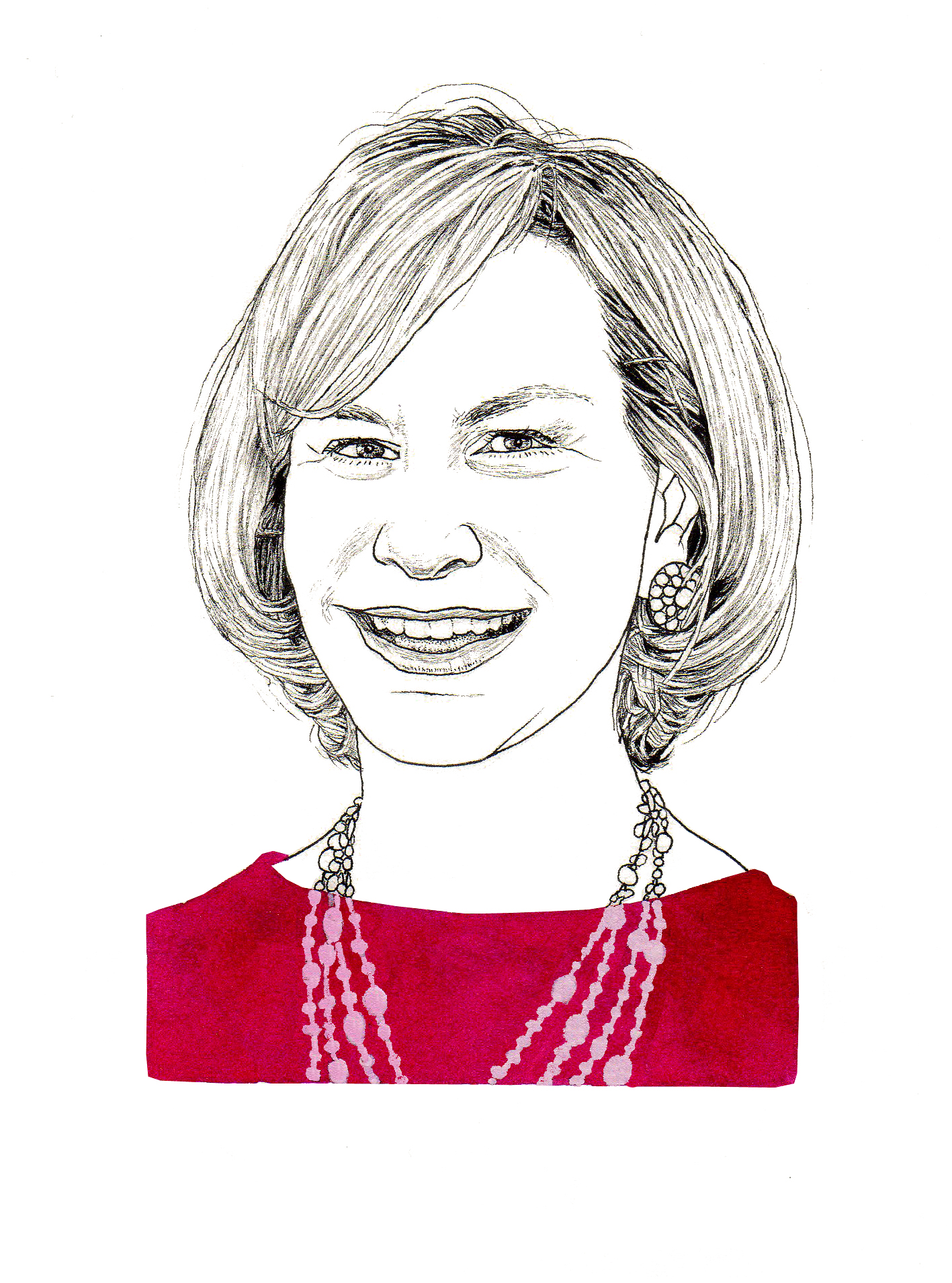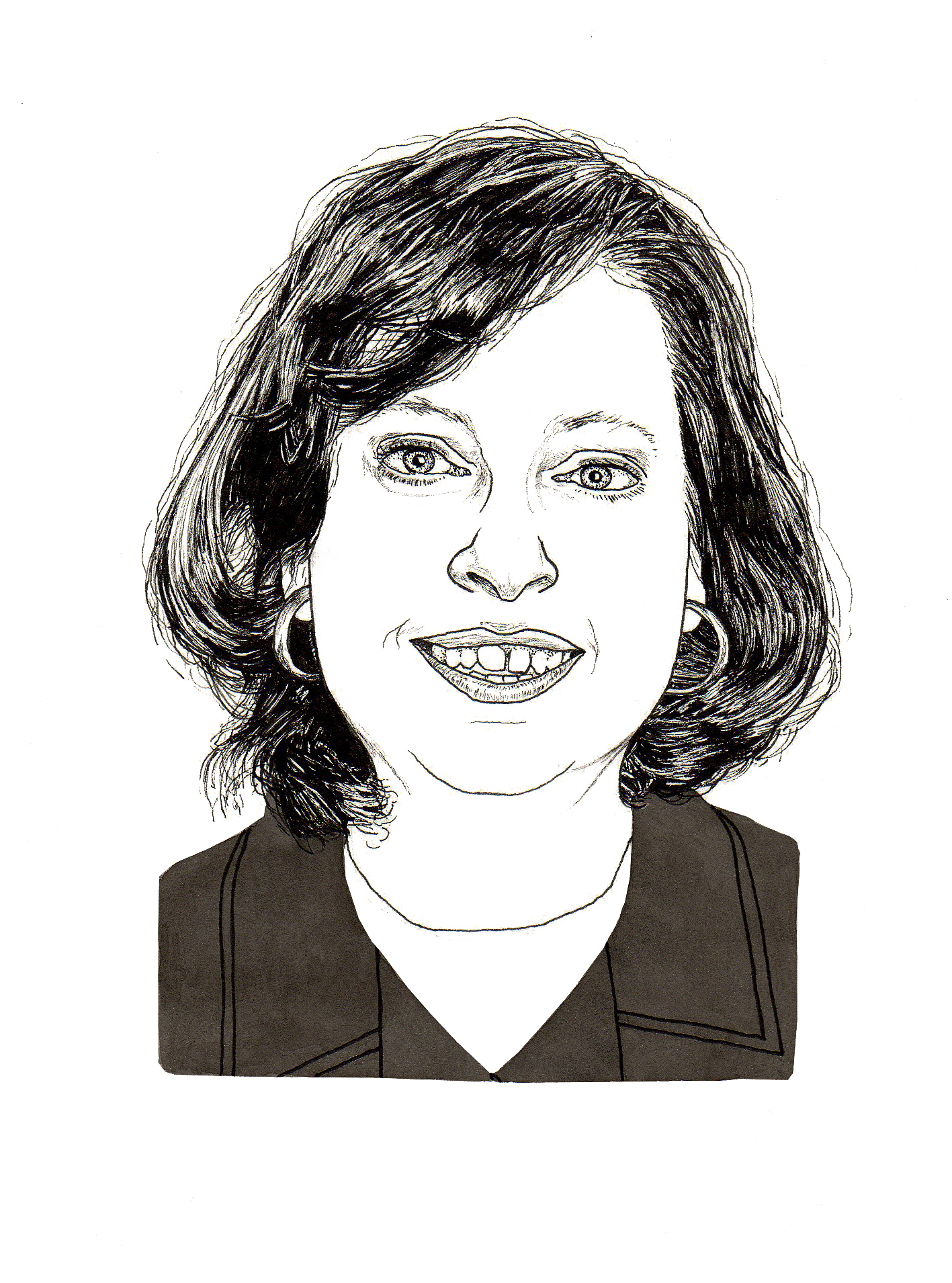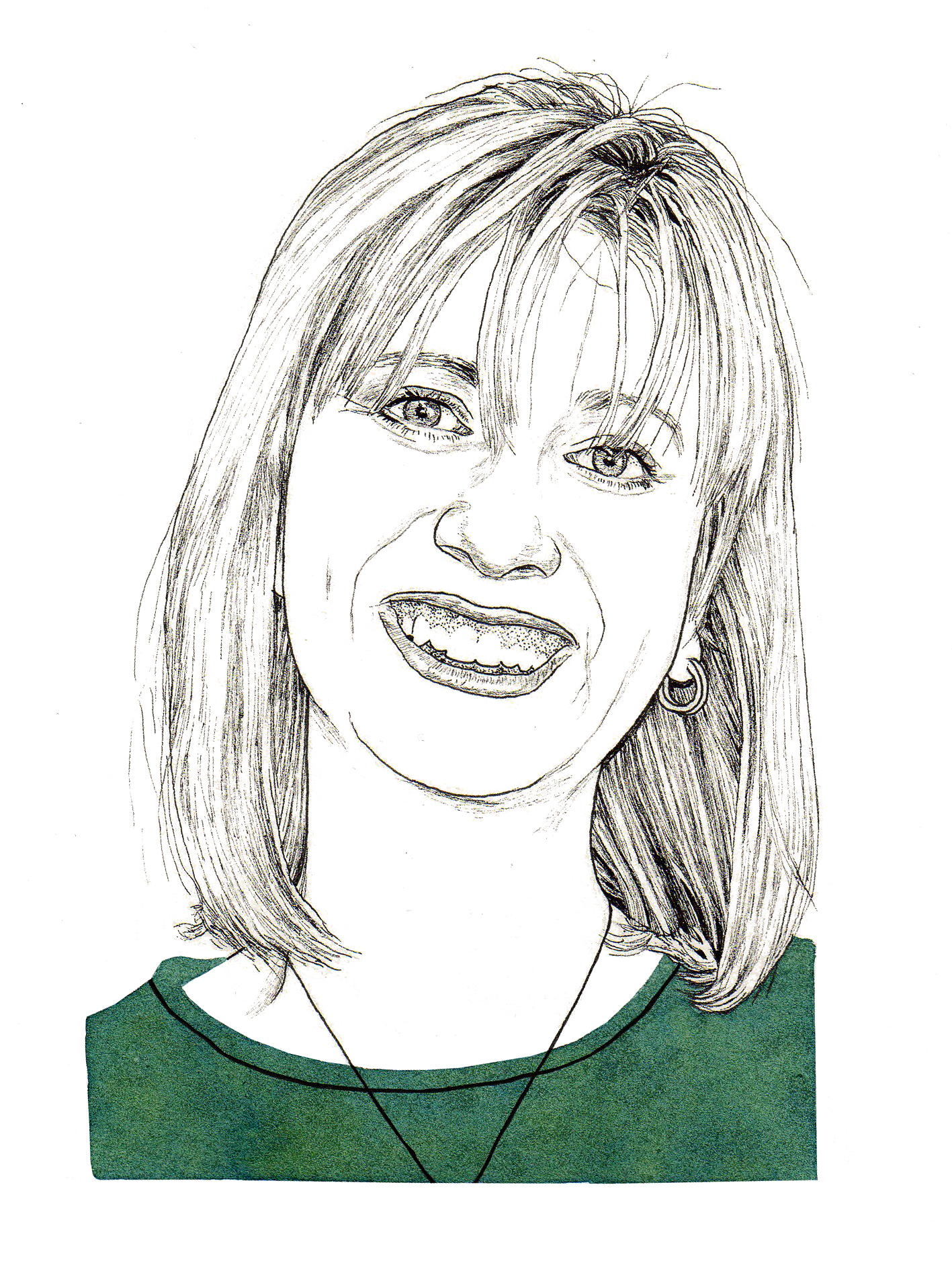Doing Good, Really Well
Lessons from the foundation world
Lessons from the foundation world
1.Mission Control
Laurie M. Tisch has learned that to make an impact, a foundation must have a clear sense of purpose and a way to measure success. When Laurie Tisch was a kid, her father, the philanthropist Bob Tisch, read in the paper that a local fire company had lost its dalmatian. Not long after, the station had a replacement.
“It may not have been the most strategic example of giving, but thanks to my dad, they got a new dog,” says Tisch, Vice Chair of TC’s Board of Trustees.
For Tisch, who in 2007 created her own charitable organization, the Laurie M. Tisch Illumination Fund, the story of her father’s gift to the firehouse is both a touchstone and a cautionary tale. “Back then we didn’t call it ‘philanthropy.’ It was simply helping others,” she says. “Today everyone talks about running a philanthropy like a business, with much more of an emphasis on metrics and evaluation. Well, that’s good news and bad news.”
Philanthropy “still has to be from the heart,” Tisch says, but adds that it’s also important to use metrics to ensure that one’s organization is fulfilling its mission. For Tisch and the Laurie M. Tisch Illumination Fund, that means backing New York City-focused initiatives that provide equal access to “things that shouldn’t be determined by zip code” – specifically, education, health services, healthy food and the arts.
“Sometimes it’s hard for me to justify saying, ‘Oh, my friend is on the board of this organization here, and I just told her I can’t give her $10,000,’ ” Tisch says. “But what’s made us effective is that we don’t just respond to people asking for money. We have a focus, and we stick to it.”
Tisch has grown to master the art of balancing heart and mind during her evolution as a philanthropist. The process began when she was a 10-year-old helping her grandparents with disabled World War II veterans and has continued through her membership on many boards (TC, the Whitney Museum, Lincoln Center for the Performing Arts, and the Aspen Institute) and the founding of organizations such as the Center for Arts Education and the Children’s Museum of Manhattan. There have been some “aha” moments along the way – for example, when Cardozo Law School, where her daughter had been a student, approached her with a proposal to name a new building after her.
“I said, hmm, that would be novel, another building in New York City called Tisch. How about something in the program area? They came back with a loan repayment program for lawyers doing public service work, and I liked that, because my daughter was working on repealing the ‘Don’t Ask, Don’t Tell’ law, and I thought, ‘She can afford to do that because she has no loans to pay off.’ ”
Tisch imagines her father might have advised her to bypass the formal structure of a foundation and “just give away the money.” Yet she chose to plow ahead, she says, because she wanted “a seat at the table” that would allow her to delve more deeply into specific issues and work more closely with people on the front lines. Through efforts such as the Laurie M. Tisch Illumination Fund’s support of New York City’s Green Cart Initiative, which since 2008 has deployed 500 produce vendors into low-income, “food desert” areas in all five boroughs of New York, Tisch says she has come to a better understanding of what success in a charitable venture can mean.
“Twenty-five to 30 percent of the money we gave was designated for vendors to receive in the form of low-interest loans through ACCION,” a microfinance organization, she says. “But it turned out that, for a variety of reasons, very few of the people were taking the loans. We did a lot of work to understand why and how to use the money more effectively. Instead of just lending money, we’ve ended up funding things like workshops to help vendors be more successful. It’s been a real challenge for me, because when the ground shifts, I get impatient. My natural tendency is to say, ‘But you said X would happen.’ ”
Not long after she created the Illumination Fund, Tisch attended a major service convention in San Francisco, where she was invited to a small meeting beforehand with keynote speaker Michelle Obama. Beyond her excitement at finding herself, quite literally, with a seat at the table, she was struck by some parallels with another woman who was figuring out how to do some good with the tools at hand.
“She was new at her job too,” says Tisch, who recently received an award from the Public Health Association of New York. “And she’s done okay, I think you’d have to agree. So to have started this organization, at first with only a general idea of why and what, and then to have found this balance, this mission – I’m just really happy about how it’s evolved.”
2. It’s the Principal of the Thing
Jody Spiro spearheads efforts to demonstrate that school leadership really matters. The K-12 education world isn’t especially known for sustained efforts at reform. Fads, politics and the sheer fractiousness of the American school system can make it tough to translate nuanced research into enduring practice, especially on a broad scale.
One notable exception: the remarkable effort by the Wallace Foundation to support innovation by states and districts in improving education leadership and sharing best practices. Since 1999, the foundation has supported such work in 28 states and 19 large urban districts. More than 70 research and evaluation reports that it has commissioned have not only reinforced the importance of effective school leadership, but also fleshed out precisely what effective leaders do, how those actions translate to success and how districts can prepare the best people for the job.
Now, through its $75 million Principal Pipeline initiative, the foundation is distilling and disseminating lessons from six districts (Prince George’s County, Maryland; Charlotte-Mecklenburg, North Carolina; Denver, Colorado; Gwinnett County, Georgia; Hillsborough County, Florida; and New York City) that are building systems to develop and hire principals based on rigorous leadership standards – and to support them during their early years on the job. A third-party evaluation of these efforts and their outcomes seeks to determine whether school and student performance improve when a district and its training partners build a pipeline of effective principals.
The driving force behind the work is Jody Spiro (Ed.D. ’89), the Wallace Foundation’s Director of Education Leadership, who believes that “the best leadership is about collective learning.” As Spiro describes it, that philosophy applies to all leaders. In a school, it starts with the principal but ultimately extends to all of the other adults in the school building.
“It’s not enough to give principals great training, put them on the job and expect them to succeed,” Spiro says. Studies commissioned by the Wallace Foundation have found, for example, that
• Districts that identify and communicate clear standards for the most important qualities principals need to work in their schools – rather than simply wait for training programs to send candidates their way – have far more success.
• Students do best in schools where principals give teachers and staff meaningful leadership roles.
• The most effective principals create and lead professional learning communities.
• Many principals cite real-world internships and extended on-the-job mentoring as being indispensable to their success.
Spiro says her job is to support the districts’ efforts by “being a critical friend, facilitating professional learning communities whose members jointly tackle common issues, suggesting technical assistance, distilling lessons from collective experiences and helping districts plan for scale and sustainability.” She brings a fascinating resume to that work. At TC, she wrote her dissertation on the application of adult education techniques to organizational planning. She has since directed the Soros Foundations for the Newly Independent States of the Former Soviet Union and the Baltic States, headed up principals’ professional development at what was then the New York City Board of Education, and served as Second Vice President for professional development at Chase Manhattan Bank. Along the way, she has also authored two books, The Leading Change Handbook (The Wallace Foundation, 2009) and Leading Change Step-by-Step: Tactics, Tools, and Tales (2011, Jossey-Bass), and teaches public sector management at the graduate level.
“Everything I do, in my job, my books and my teaching, is about facilitating learning so we all develop lessons together that are meaningful to all of us,” Spiro says. “When my new book was published, a colleague in Romania wrote to say that by reading it, she felt part of the learning community. She said that not only did the book facilitate her learning, it engaged her in the community of those who developed the stories and lessons, even though she was geographically far away. That’s the goal.”
3. It Takes a Foundation
As a white Australian woman tackling community development in the United Arab Emirates, Natasha Ridge draws on her deep understanding of the local culture. A decade ago, when Natasha Ridge (Ed.D. ’09) accepted a position starting up an English department in a private secondary school in Ras Al Khaimah (RAK), a non-oil-producing member of the United Arab Emirates, she had no notion that she was making a career-defining move. Ridge, who is Australian, simply wanted to help other people and experience another culture in the bargain.
Before long, however, she noticed a gender difference among her students that cut against the grain of received wisdom about education in the region. “The girls were outperforming the boys,” Ridge recalls. Looking beyond her school, she saw that girls had higher enrollment rates than boys in secondary school and higher education. Girls also performed better than boys in every subject and were far less likely to fail and drop out. The pattern was evident across RAK and the Emirates as a whole. And it was even more acute when only native Emirati students were considered, as opposed to the entire population, with its large percentage of immigrants and expatriates.
Fast forward seven years. Ridge had completed a doctoral dissertation at Teachers College titled “Privileged and Penalized: The Education of Boys in the United Arab Emirates,” the first scholarly research ever done on education in RAK. Her work had revealed several reasons for the country’s “hidden gender gap.” In part, job opportunities for men in the Emirates were diverting boys from finishing their education, as were family obligations. But facets of the single-sex school system were also demotivating boys. Boys’ schools were more likely to use corporal punishment, for example. Perhaps most important, while girls were taught, for the most part, by Emirati women, boys were usually taught by male contract workers from Syria, Egypt and Jordan, countries where teacher preparation standards are lower.
It was powerful stuff, and since the work had been sponsored by RAK, Ridge figured her findings would get some play there. But she didn’t expect the ambitious idea that came from the emirate’s leader, Sheikh Saud bin Saqr Al Qasimi. “He said, ‘Wouldn’t it be great to set up a foundation?’ ” Ridge recalls. “And he asked me to organize this.”
Today, as Executive Director of the Sheikh Saud bin Saqr Al Qasimi Foundation for Policy Research, Ridge leads a range of research-based community development efforts that includes training teachers, administrators and civil servants. Within that mix, the problem of boys’ underachievement in the emirate’s education system remains close to her heart – so much so that Ridge has put in some serious time at the prison in RAK, an all too common destination for many of the nation’s male dropouts. Her findings have led to the establishment of the prison’s first library. Now, classes in information technology and life skills are starting up there as well.
As a white Westerner and one of the few women in senior positions in RAK, Ridge is distinctly a member of a minority population. As such, she is sensitive to one of the most common pitfalls in international aid work: imposing her views on others. “You have to avoid being patronizing,” she says, “and be very sensitive to the culture and local needs.”
She credits TC’s program in international education, with its emphasis on economics and policy studies, for bolstering her confidence as a scholar and leader. But her job would be unthinkable, she says, without her long experience in RAK and her intellectual investment in studying the region’s social issues. “Working as a teacher and then as a doctoral student here was essential. It would be almost impossible to navigate the cultural and institutional context without that.”
Published Thursday, Feb. 14, 2013


